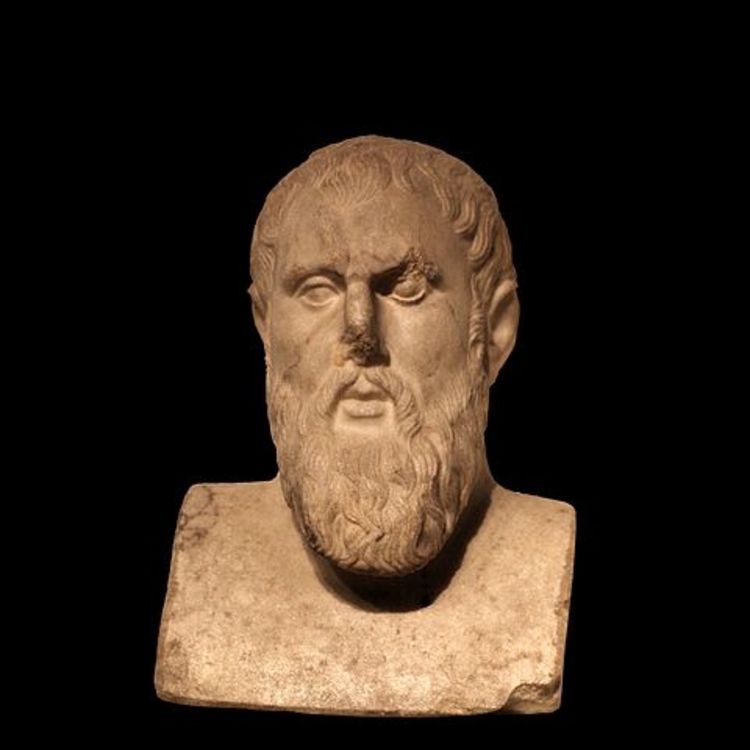Zeno's spiral into madness
 Zeno has just come up with his famous paradox. He begins to panic at the thought of all motion being an illusion, and so starts pacing around, trying desperately to calm his nerves and resolve the paradox.
Zeno has just come up with his famous paradox. He begins to panic at the thought of all motion being an illusion, and so starts pacing around, trying desperately to calm his nerves and resolve the paradox.
Starting at , Zeno goes up meter and turns clockwise. Each time, the length of the new step decreases to half of its previous step, followed by a turn clockwise. So he progresses, meter up, meter right, meter down...
At the very end, what is the magnitude of the displacement Zeno has travelled from the origin in meters? (Assume that the spiraling takes a finite amount of time.)
Image Credit: Wikimedia Rama
The answer is 0.894427191.
This section requires Javascript.
You are seeing this because something didn't load right. We suggest you, (a) try
refreshing the page, (b) enabling javascript if it is disabled on your browser and,
finally, (c)
loading the
non-javascript version of this page
. We're sorry about the hassle.
The thing to note is that this is the sum of displacement vectors in the x y -plane, which we can resolve into x and y components, sum, and find the distance via Pythagoras' theorem!
Now, we have two sums to deal with:
S y = n = 0 ∑ ∞ 2 2 n ( − 1 ) n S x = n = 0 ∑ ∞ 2 2 n + 1 ( − 1 ) n
Now, notice that the first sum is a geometric series, which we can handle with the identity n = 0 ∑ ∞ x n = 1 − x 1 .
S y = n = 0 ∑ ∞ ( − 4 1 ) n = 1 − ( − 4 1 ) 1 = 5 4
Also, notice that the second sum is simply half the first! Thus:
S x = 2 1 S 1 = 5 2
Now, by a simple application of Pythagoras' theorem, we get that
d = S x 2 + S y 2 = ( 5 2 ) 2 + ( 5 4 ) 2 = 5 2 5 = 0 . 8 9 4